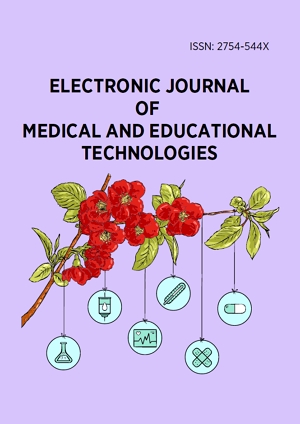Volume 14, Issue 2, June 2021
Original Article
Influence of Cement Dust Exposure on Indicators of Hepatic Function in Male Cement Handlers in Ekpoma, Nigeria
EUROPEAN J MED ED TE, Volume 14, Issue 2, June 2021, Article No: em2104
https://doi.org/10.30935/ejmets/10809Review Article
Impact of COVID-19 (SARS-CoV-2) on the Surgical Care of Patients and Surgical Training in Africa
EUROPEAN J MED ED TE, Volume 14, Issue 2, June 2021, Article No: em2105
https://doi.org/10.30935/ejmets/10810Original Article
Numerical Prediction for Spreading Novel Coronavirus Disease in India Using Logistic Growth and SIR Models
EUROPEAN J MED ED TE, Volume 14, Issue 2, June 2021, Article No: em2106
https://doi.org/10.30935/ejmets/10848Original Article
Investigation of Typhoid Fever and their Associated Risk Factors in Children Attending “Deo Gratias” Hospital in Douala, Littoral, Cameroon
EUROPEAN J MED ED TE, Volume 14, Issue 2, June 2021, Article No: em2107
https://doi.org/10.30935/ejmets/10910Review Article
Monkeypox: A Neglected Viral Zoonotic Disease
EUROPEAN J MED ED TE, Volume 14, Issue 2, June 2021, Article No: em2108
https://doi.org/10.30935/ejmets/10911
